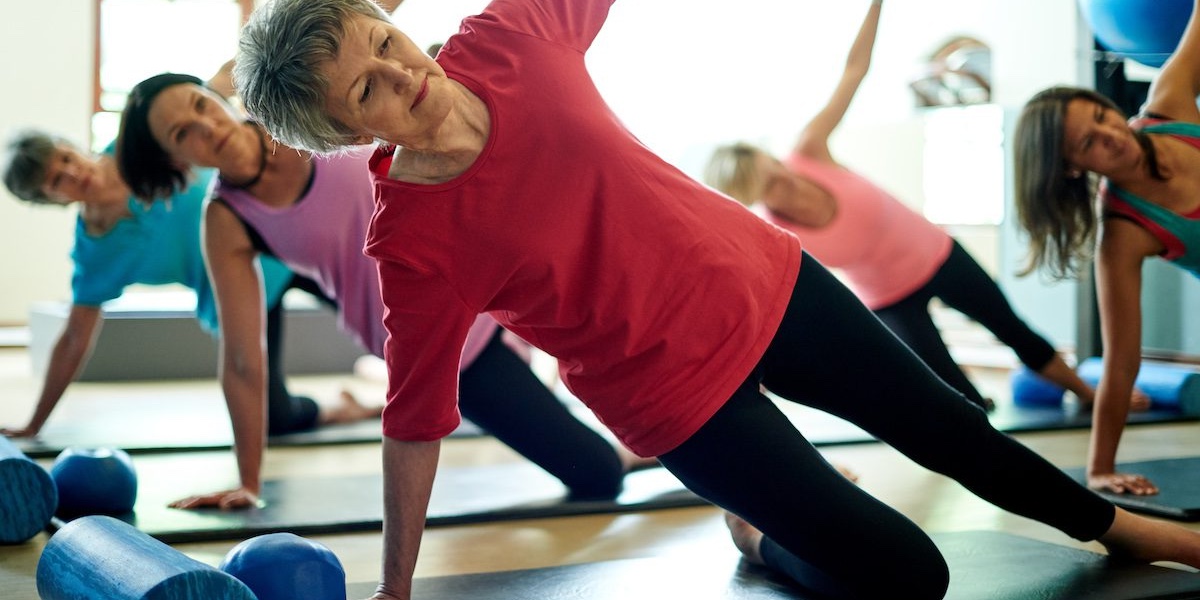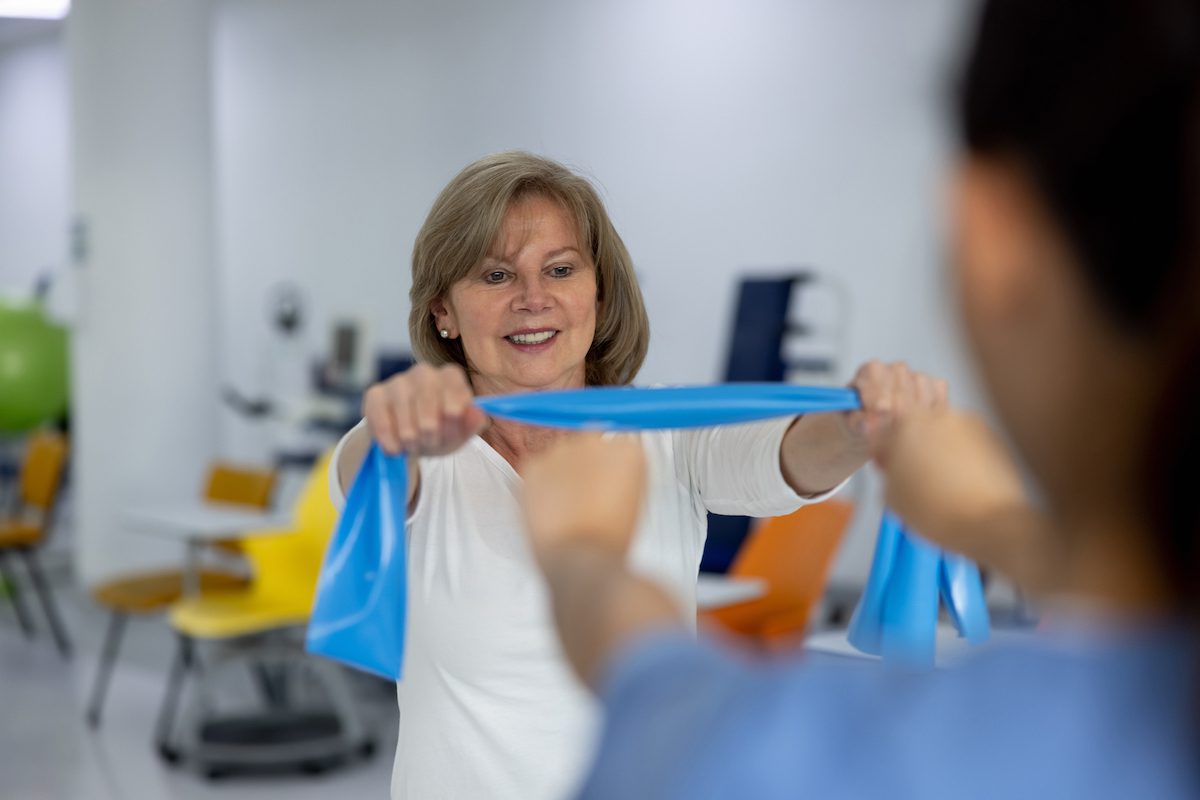How can yoga help your pain?
Yoga has been looking after the health and fitness of millions of people for many generations – keeping them focused, strong, young, flexible, and free of pain and disease. Yoga Asanas (poses, postures) can be hugely beneficial for both your overall and spinal health, and in our clinic, we employ various yoga methods for numerous musculoskeletal and systemic problems.

We have modified many yoga sequences to suit specific lower back disorders, and over the years they have benefited many sufferers and returned them to the ability to enjoy a pain-free life.
From as early as 2007 we have been working on developing treatment exercise programmes personally tailored to each of our patients’ painful problems. That may have included modified yoga, Pilates, and other therapeutic approaches, all aligned with helping a specific condition – whether it is the bulging disc, stiff spinal segment, or facet joint arthritis.
In our clinic, we are designing custom yoga sequences for our patients to benefit their health and alleviate pain. It is not the same as going to a yoga class, where a group of people perform a broad spectrum of yoga postures. It is a personal yoga-based treatment regimen, tailored to pain sufferers’ specific requirements, aimed to restore and maintain their pain-free life.
A word of caution:
- Not all yoga forms are safe for your spine; some advanced exercises may damage your back or neck, and put your spinal health at risk.
- Yoga doesn’t injure a person; a person’s ‘ego’ injures a person. By wanting to do too much, too soon, people put themselves at risk. Everyone has their own pace, and if you are planning to practice yoga safely and effectively, take your time and know your limitations.
- You can also contact us (recommended, esp. beginners): we will conduct the full musculoskeletal and systemic examination with you, and design a yoga regimen based on your goals, physical abilities, medical history, possible functional impairments and general health.
If you are practising yoga at our clinic in a safe manner with our instructor experienced in spinal rehabilitation, it very well may become your best choice of exercise that’s out there – our careful professional approach will insure you benefit fully!
A Word of Hope for Rheumatic pain sufferers:
(Rheumatoid arthritis, ankylosing spondylitis, psoriatic arthritis, Reuter’s syndrome, reactive arthritis, enteropathic spondyloarthropathy, fibromyalgia, etc.)
According to Ganesan et al (2020): Since yoga therapy proved to be beneficial for rheumatoid arthritis (RA) patients due to reduction in disease activity, IL-1α, cortisol levels, and improvement in sympathovagal balance, appropriate yoga therapy can be given to RA patients as an adjunct to standard medical treatment.
Reference:
Ganesan, S., Gaur, G.S., Negi, V.S., Sharma, V.K. and Pal, G.K., 2020. Effect of yoga therapy on disease activity, inflammatory markers, and heart rate variability in patients with rheumatoid arthritis. The Journal of Alternative and Complementary Medicine, 26(6), pp.501-507.
Pilates

Pilates has proven to be a powerful tool in different kinds of spinal rehabilitation programmes – from strengthening exercises for the lower back to sciatic nerve release. We practice Pilates techniques with nearly every back pain patient, and over the years, have seen how it has helped hundreds of sufferers with their various painful back conditions: fibrositis, fibromyalgia, slipped or herniated disc, degenerative disc disease, sciatica, arthritis of the lower back, facet joint arthropathy, rheumatism, lumbago, and many more. Pilates addresses spinal mobility, stability, nourishment, flexibility, balance, coordination and strength.
In the essence, Pilates is a CORE exercise, and all the spinal dysfunctions (except for the traumatic accidents or genetic diseases) are the result of some sort of weakness or imbalance in the core muscles (thoracoabdominal diaphragm, pelvic floor, abdominal and lower back musculature, and hip flexors and extensors). The primary factor in most spinal problems is weakness or asymmetry in the core musculature. Pilates is a safe and effective approach for addressing these types of issues.
A program designed to increase core muscle strength and balance will help eliminate the existing spinal problems while preventing any future troubles as well. Today, Pilates exercises have been simplified and broken into stages and have become a major tool used by physiotherapists to treat shoulder, spine and hip injuries as well as whiplash, spina bifida, stroke and even post-surgical patients, including spinal surgical procedures.
Pilates utilises the fundamental principle of good core stability as the basis for good mobility and it also emphasises postural alignment, body awareness, coordination, breathing and stamina.
The benefits of Pilates are:
- General pain relief – endorphins (pain relieving hormones) are released into the body by doing Pilates exercises.
- Relief of arthritic and osteoporotic pain – the gentle exercises in Pilates are easy on the joints and well suited to patients who suffer from osteoporosis and osteoarthritis. Pilates also improves flexibility, which allows for easier, more pain-free movement.
- Relief of low back pain – as the core muscles are strengthened, the spine gains better postural alignment and the back is protected from injury. The body’s improved muscular balance aligns the pelvis for the optimal function of the spine and lower limbs, which takes the pressure off the intervertebral joints easing lumbar joint, muscle and disc pain.
- Whole person wellness – by incorporating mind and body exercises together, Pilates helps people to be mentally and physically healthy at the same time.
Pilates is extremely popular with sports people and those involved in the arts with well-known exponents including Jennifer Aniston, Madonna, Hugh Grant, Cameron Diaz, Sylvester Stallone, Kate Hudson, Tiger Woods, Gwyneth Paltrow, Robert Downey Jr., Lady Gaga, Roger Federer, Reese Witherspoon and David Beckham.
The benefit of being taught Pilates in our clinic is the wealth of knowledge in anatomy, physiology, biomechanics, exercise prescription and injury management that we hold. If you are interested in practising Pilates under qualified supervision at our clinic, speak to us.
Yoga Vs Pilates
The study was detailed and tailored to compare the effectiveness of yoga exercises and Pilates on non-specific low back pain subjects by analysing the pre and post-values of NPRS (National Perinatal Reporting System) and SF 36. The SF-36 (36-Item Short Form Health Survey questionnaire) is a very popular instrument for evaluating Health-Related Quality of Life
The analysis showed that yoga and Pilates both are effective therapeutic interventions for non-specific low back pain patients and have also shown better results of yoga for pain and lifestyle modification as compared to Pilates.
Sherman et al conducted a randomized controlled trial to compare the effect of yoga classes to conventional exercise classes. The yoga group showed statistically and clinically important improvement in pain and lifestyle at all the follow-up points compared to the conventional group.
The authors concluded that yoga was a more effective, safe intervention for patients with non-specific low back pain.
Smith D et.al conducted a randomized controlled trial to investigate the efficacy of a Pilates-based therapeutic exercises approach in a population with non-specific low back pain. Treatment with a modified Pilates-based approach was more efficacious than usual care in a population with chronic, unresolved low back pain.
Thus from the evidence, it is clear that there is a significant difference between the effectiveness of yoga exercises and Pilates exercises in reducing pain and lifestyle modification in non-specific low back pain. Hence, the present study showed that pain and lifestyle modification significantly improved within the yoga group as compared to the Pilates group.
Conclusion
The results of this study revealed that both Pilates exercises program and the yoga exercises program were effective in reducing pain severity and functional disability in non-specific low back pain patients. The yoga exercises program was more effective than Pilates exercises program in increasing the lumbar flexion range of motion.
Reference:
Modak, R.K. and Pt, D.V.C., Comparative Study between Pilates Exercises and Yoga in Young Adults with Non-Specific Low Back Pain.

